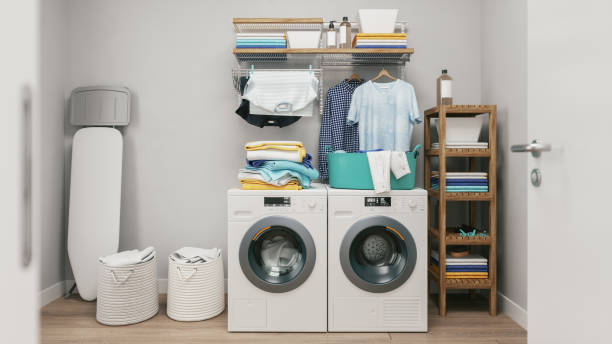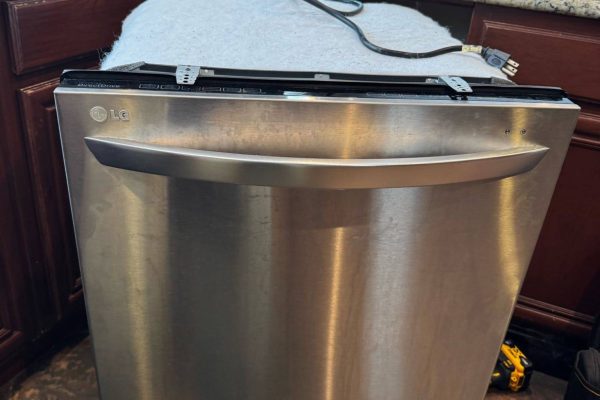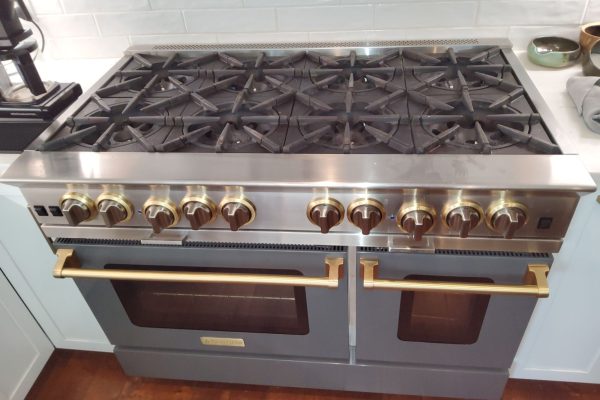In the realm of laundry appliances, the drum temperature sensor serves as the guardian of garment integrity, ensuring that fabrics are subjected to gentle yet effective drying temperatures. However, when these sensors malfunction or operate erratically, the delicate balance between drying efficiency and fabric care is jeopardized. In this article, we delve into the significance of drum temperature sensors in dryers, explore common problems affecting their operation, and discuss strategies for diagnosis and resolution.
The Role of Drum Temperature Sensors
At the heart of every dryer lies the drum temperature sensor, a small yet crucial component tasked with monitoring the temperature of the drying environment. These sensors provide feedback to the dryer’s control system, enabling it to regulate heat output and ensure that fabrics are dried at the appropriate temperature. By maintaining optimal drying temperatures, drum temperature sensors help prevent over-drying, minimize energy consumption, and safeguard against damage to delicate fabrics.
Common Problems with Drum Temperature Sensors
Despite their importance, drum temperature sensors are susceptible to various issues that can compromise their functionality and accuracy. Some common problems affecting the operation of these sensors include:
Inaccurate Readings: Malfunctioning sensors may provide inaccurate temperature readings, leading to over or under-drying of fabrics. This can result in garments being subjected to excessive heat, causing shrinkage, fading, or damage to sensitive materials.
Intermittent Operation: Drum temperature sensors may exhibit intermittent operation, causing fluctuations in drying temperatures throughout the cycle. This can result in uneven drying and inconsistent drying results.
Sensor Calibration Errors: Over time, drum temperature sensors may drift out of calibration, causing discrepancies between the measured temperature and the actual temperature within the dryer drum. This can lead to suboptimal drying performance and increased energy consumption.
Faulty Wiring or Connections: Loose or damaged wiring connections can interfere with the operation of drum temperature sensors, leading to erratic behavior or complete sensor failure.
Sensor Contamination: Accumulation of lint, dust, or debris on the surface of the sensor can interfere with its ability to accurately detect temperature changes. This can result in false readings and compromised drying performance.
Diagnosis and Resolution
When faced with problems related to the operation of drum temperature sensors in dryers, systematic diagnosis and troubleshooting are essential to identify and address the underlying issues. Here are some steps for diagnosing and resolving problems with drum temperature sensors:
Visual Inspection: Conduct a visual inspection of the sensor and its wiring connections for signs of damage, corrosion, or contamination. Clean the sensor surface thoroughly to remove any accumulated lint or debris that may be affecting its performance.
Functional Testing: Use a multimeter or temperature probe to verify the accuracy of the sensor’s temperature readings. Compare the measured temperature to the expected temperature range for the selected drying cycle. If the readings are significantly different, the sensor may need to be recalibrated or replaced.
Calibration Adjustment: If the sensor is found to be out of calibration, refer to the dryer’s user manual or manufacturer guidelines for instructions on calibrating the sensor. Follow the recommended procedure carefully to ensure accurate temperature control.
Wiring Inspection: Check the wiring connections associated with the sensor for tightness and integrity. Tighten any loose connections and repair or replace damaged wiring as needed to ensure reliable operation.
Sensor Replacement: If the sensor is determined to be faulty or beyond repair, consider replacing it with a genuine replacement part recommended by the dryer manufacturer. Follow proper installation procedures and test the new sensor to ensure proper functionality.
Drum temperature sensors play a crucial role in maintaining optimal drying conditions and preserving the integrity of fabrics in dryers. However, when these sensors malfunction or operate inaccurately, the efficiency and effectiveness of the drying process are compromised. By understanding the common problems affecting the operation of drum temperature sensors and implementing systematic diagnosis and resolution strategies, homeowners can ensure reliable drying performance and prolong the lifespan of their dryers. Let us navigate temperature troubles with knowledge and diligence, striving to keep our laundry routines running smoothly and efficiently.
Our services are your reliable way to solve problems with household appliances! If your appliances require repair, don’t worry – contact Oceanside Appliance Service Center and we will help you forget about any inconvenience.
Our company has many years of experience in repairing household appliances of various brands and models. Our team of highly qualified technicians has deep knowledge and experience in working with refrigerators, washing machines, dryers, dishwashers, stoves, ovens and other devices.
We guarantee a professional approach to each task and the use of only original spare parts for repairs. Restoring your household appliances to optimal condition is our main goal.
Contact us
(442) 291-2244


